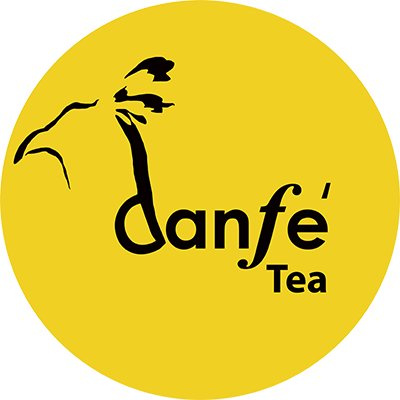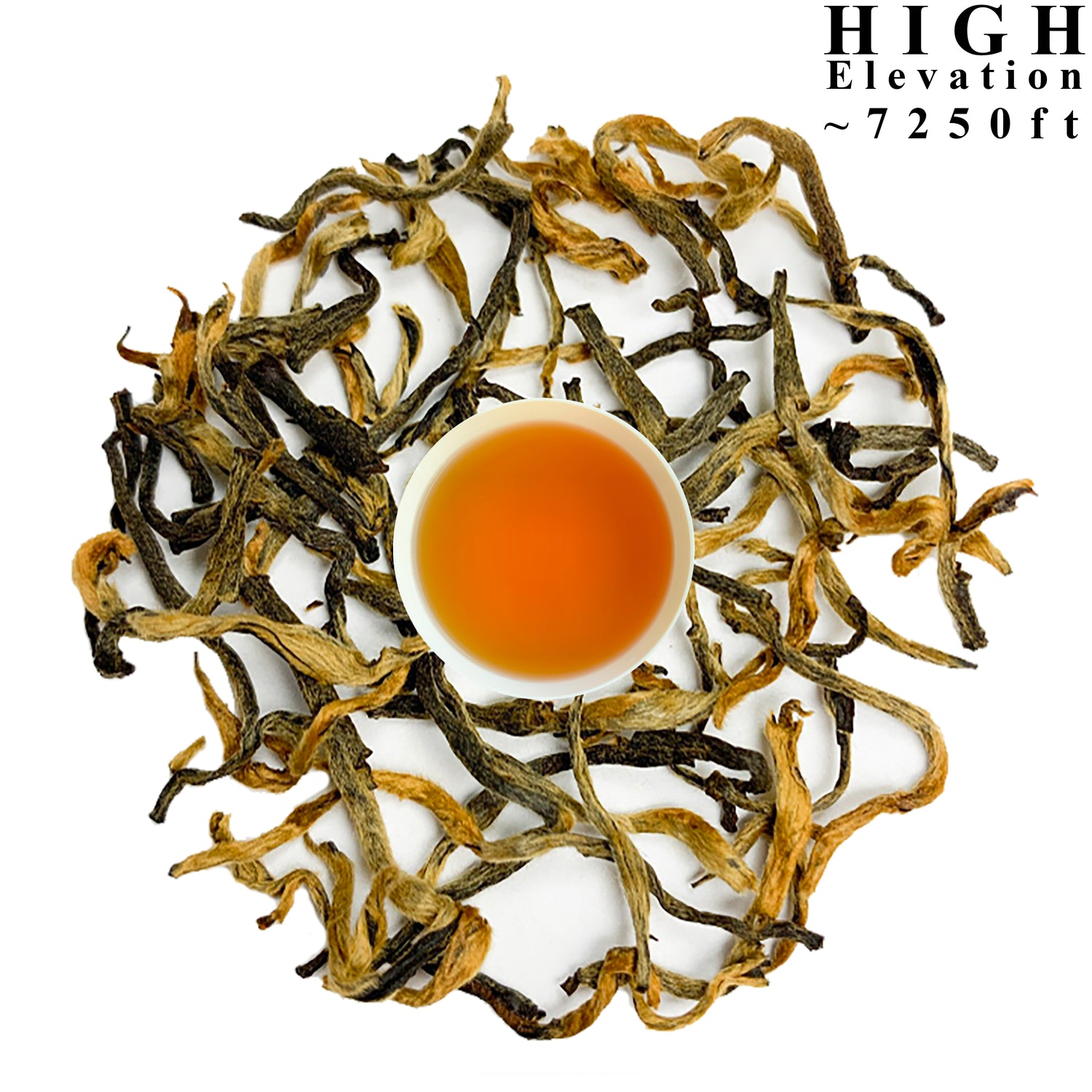
Loose Leaf Vs Tea Bags: Which is Better?
For millennia, tea has been consumed in the form of loose leaves but nowadays almost everyone starts their tea journey with tea bags. It’s because they are widely available and very convenient to brew. As a tea lover, you would want to try loose-leaf tea at some point, and once you taste it you will already see the difference. Loose-leaf tea undeniably tastes superior to what you brew with the tea bags. Don’t believe me? Keep scrolling and find out how Loose-leaf tea is better than tea bags. Here, we’ll also be discussing the differences between loose-leaf and tea bags.
What are tea bags?
In the majority of cases, Tea bags are small bags filled with broken tea leaves that are used to brew tea. Tea bags are often made with filter paper; some higher-quality tea bags are made with silk or cotton. Tea bags need to be put in a teapot or a cup of hot water and left for a few minutes to infuse the flavor into the tea. Tea bags are easily available in supermarkets and it is very convenient to use.
History of Tea Bag
Tea bags were invented in the early 20th century in the United States. Two women, Roberta C. Lawson and Mary Molaren, from Milwaukee, Wisconsin, reportedly invented tea bags to allow easy steeping in 1901. Before that tea was only available in loose-leaf form or powdered form.
Another story says that the tea bags were the invention of tea merchants. In 1908, tea merchant Ed Sullivan created silk pouches to package tea to protect it during the overseas journey to America. Americans figured out not to unwrap the pouch before brewing the tea because it was convenient. They simply dumped the pouch into the hot water, and the tea bag was born.
What is loose-leaf tea?
Loose-leaf tea is made with whole or broken tea leaves that do not have a protective seal. It is directly steeped in the hot water and it is steeped, and the loose tea leaves are removed by filtering it using a strainer or tea infuser. Loose-leaf tea usually has a stronger flavor and nutritional profile than bagged teas.
Loose-leaf tea has four overarching grades and those are:-
Whole Leaf
The whole leaf is made up of whole dried tea leaves and it is the highest grade of tea. Tea steeped with only the whole leaf has the strongest flavor profile. WWhole-leaf tea can be steeped multiple times.
Broken Leaf
Broken leaves are crushed tea leaves. They are darker in color. Broken leaves still have plenty of the flavor of whole-leaf tea, and they can still be consumed after multiple steepings.
Fannings
Fannings are fragments of leaves and these are considered of lesser quality than whole or broken tea leaves. Fannings are collected during the crushing process of tea leaves. Fannings are primarily used in Tea bags and they can only be used for one steep.
Dust
Dust is the lowest grading of tea and it is also collected during the crushing process of tea leaves. Tea bags often have tea dust inside them and they don’t retain flavor after one steep.
The quality of the tea depends on what tea grades are being used to steep tea. In general, loose-leaf tea is of a higher quality than regular tea bags as they usually contain tea fannings and dust in them.
Don't believe it? Cut up your tea bag and compare what’s inside with any Whole or Broken leaf loose-leaf tea, you will notice the stark difference right away. Then sit for a tea session, comparing the taste and texture of both teas.
How loose-leaf tea is better than tea bags?
There are plenty of benefits to using loose tea leaves. Below are some of the key reasons why you should switch to loose-leaf tea.
Stronger Flavor
The leaves of Loose-leaf tea are fresher than tea packed in tea bags. Moreover, tea bags separate the warm water from the leaves making their flavor mduller These are the reasons why loose-leaf tea has a stronger flavor profile than tea bags.
Less Caffeine
Tea brewed with tea bags is found to release more caffeine and bitter tannins than tea brewed with higher quality loose-leaf tea due to the nature of tea, which is generally lower quality, like fannings or dusts that are normally packaged in the tea bags.
Multiple Steeps
Tea bags are typically intended to be steeped once while loose-leaf tea in Gong-fu brewing can often make up to seven or more cups of tea using the same loose leaves.
Leaf Varieties
One species of tea leaf can produce different tastes, depending on whether it has whole leaves or broken leaves. Thus, loose-leaf tea offers a greater variety of your tea. Tea bags, on the other hand, contain only broken or powdered tea leaves, which limits your options.
Types of loose-leaf Tea
There is a wide range of Loose-leaf teas produced in the Eastern Himalayas of Nepal. All loose-leaf tea comes from the same Camellia Sinensis plant; the difference in the final tea comes from how it is processed. Many factors influence the appearance and flavor of the tea. One of the factors that plays a role in the flavor profile of the tea is oxidation. Oxidation is a process where tea leaves are exposed to oxygen in the air which causes the browning of the leaves. This is similar to how an apple turns brown when it’s cut and left aside. Below are listed the best Loose-leaf teas available in the United States.
Golden Tips Tea
Golden Tips Tea is the highest grade black tea that is produced from the early-harvested tea buds at high altitudes (7000 ft- 7500 ft). Downy tea buds “tips” are hand-plucked before they unfurl into leaves to make this highest-grade tea. Golden Tips tea has a nutty taste close to popcorn and roasted peanuts when brewed.
Silver Tips Tea
Silver Tips Tea is another highest-grade tea that is produced at a high altitude of 7000 ft to 7500 ft. Unlike other teas which are mostly made from tea leaves, only the single-origin unopened tea buds are used to make silver tips tea. Silver tips white tea smells sweet-sweet forest honey and when steeped, it tastes like juicy Banana Cantaloupe.
Oolong Tea
Oolong tea is a traditional orthodox tea where tea leaves go through a special oxidation process. Bulky leaves are picked carefully, hand-rolled, and then oxidized until their oxidation level reaches between 50-70%. It creates an aromatic taste in the tea. Unlike Oolong tea, black teas are fully oxidized; they have an oxidation level between 80-100%. Oolong teas are darker in color and they give a fruity and earthy taste when brewed. Click the link for the complete guide to Oolong tea.
Green Tea
Green tea is a top-notch loose-leaf tea that is widely produced in the Eastern Himalayas of Nepal. They are made from unfurling leaves which gives it an aromatic sweet and juicy taste with a deeper flavor. Unlike Oolong tea, throughout the making of Green tea, the leaves are protected from being oxidized. Green tea leaves smell like sweet vanilla and buttered asparagus and as you take a sip of it, you feel a slightly dry but lingering sweet aftertaste.
Buy the Finest Loose-Leaf Teas from the Himalayas
Danfe Tea brings you the finest loose-leaf teas in the Himalayas. With robust flavors and many health benefits, we invite you to try our high-quality black teas. These teas are available in 2.5-3.5 oz or 1 lb variants. We also offer monthly subscriptions to these products.










